
If we just think about lilac, even on the coldest and most boring winter day, when life outside the Windows of a city apartment resembles a black-and-white documentary, memories of warm spring days invariably take us to other times and spaces.
We can easily remember the scent of lilac at any moment — because it is incomparable and easily recognizable. And it is the scent of lilac, according to scientists, that most strongly affects the part of the brain where our memory is located. Isn’t it because many of us planted a single Bush of white or purple lilac with modest flowers on our dacha plot in a nostalgic rush… We didn’t know any other lilac.
Half a century was enough for the merciless “era of change” to hide from us an invisible veil of the whole world – the world of lilac. Potatoes became the Queen of our gardens, and cucumbers became their king. But at some point, everything changed again.
First, we have changed. We finally realized that a garden without real lilacs and other wonderful plants is not a garden, but just a “subsidiary farm”. We realized that our children and grandchildren, when it is time to part, should not remember our potato beds or greenhouses with cucumbers, but the lilac Bush with its intoxicating nostalgic aroma-the aroma of childhood, love and spring rebirth.
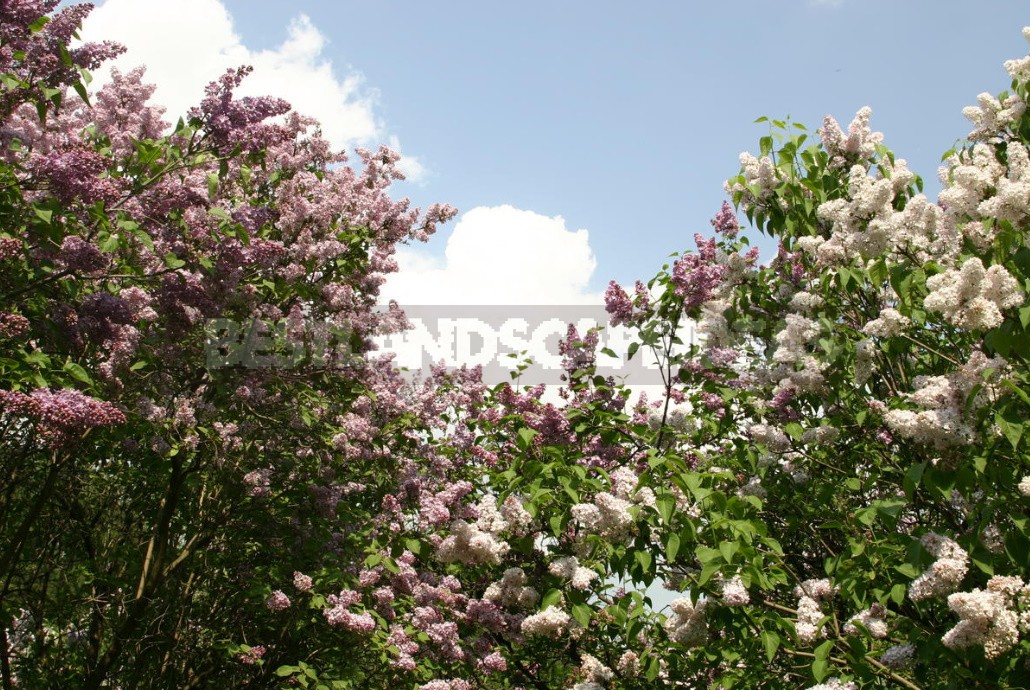
But the most important thing is that we have a choice. The haze of oblivion was dispelled, forgotten names and names returned from oblivion. Thanks to the efforts of many passionate professionals and Amateurs, today we have the opportunity to collect in our garden a collection of the best lilacs of all time, which makes the choice extremely difficult. Let’s try together, walking through an imaginary lilac garden, at least a little to navigate this fragrant raging sea of inflorescences.
Where to plant lilac and how to care for it
The traditional idea of the unpretentiousness and vitality of lilac refers mainly to the non-standard “savage” growing on the roadsides. We dream of the best varieties, so we will have to take care of their future in advance.
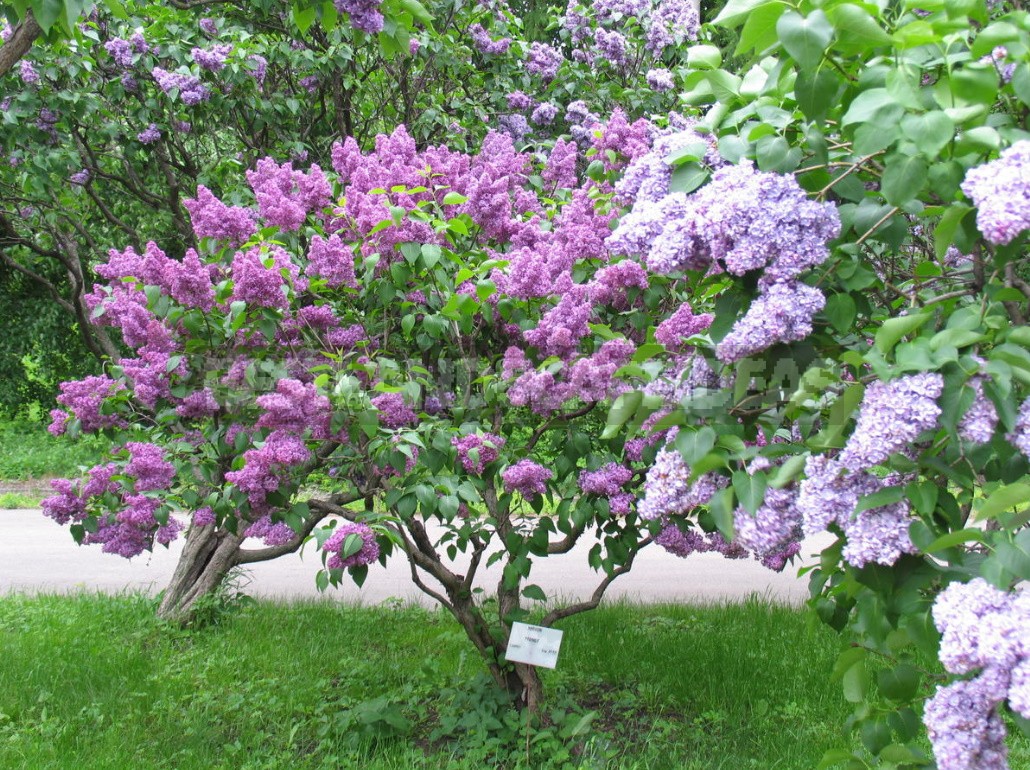
The most important thing that we should remember when choosing a place for our lilac: it can not stand even short-term roots wetting, so areas that are flooded in spring or autumn, as well as those where ground water lies closer than one and a half meters from the soil surface, are unsuitable for planting. The problem can be solved by planting a Bush on a hill. Compositions of several lilac bushes of the same variety, planted on a platform decorated with a retaining wall, look very impressive. And remember: only a Sunny location will give your lilac the opportunity to fully develop and bloom!
Having decided on the place, we prepare the landing pit. Its size depends on the characteristics of the soil, but on average it is enough to dig a hole 60 x 60 x 60 cm. At the bottom, we make (if necessary) drainage from broken bricks, sand or gravel, then put a layer of well-rotted manure, then fill the hole with a mixture of fertile earth with bone flour, ash, superphosphate. These are the main rules to consider when planting lilacs.
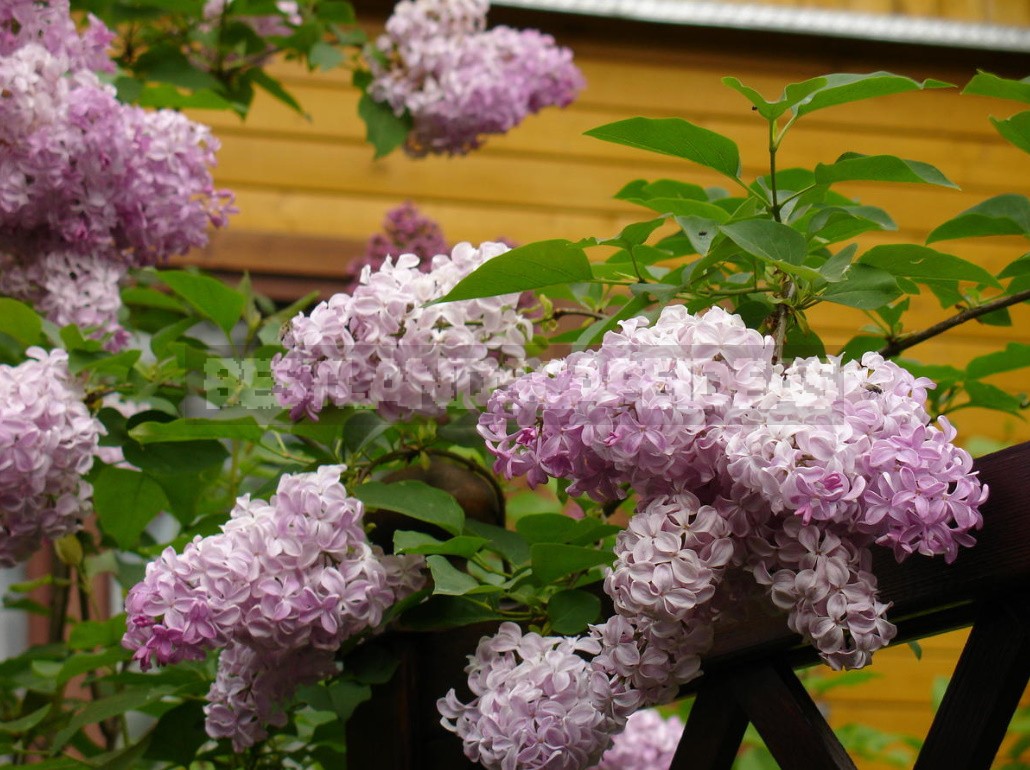
Care for it in the future will have to be sure – only in this case we can count on abundant flowering. In addition to the usual procedures: watering, loosening and control of weeds and pests-do not forget about fertilizing. In early spring, feed with nitrogen, in autumn-phosphorus and potassium. Lilac responds very well to foliar feeding. Sprinkling on the leaves with a solution of micro-fertilizers several times during the season has a favorable effect on the appearance and health of the plant.
The formation of the crown also needs to be paid attention. Remove all small and unnecessary branches growing inside the Bush. The Bush itself should be well ventilated, so ideally its shape should be a bowl of 5-7 main skeletal branches. However, due to genetic characteristics, different varieties will be able to better demonstrate their decorative qualities, being formed in a certain way. This is a very interesting topic, for which there are no full-fledged statistics.
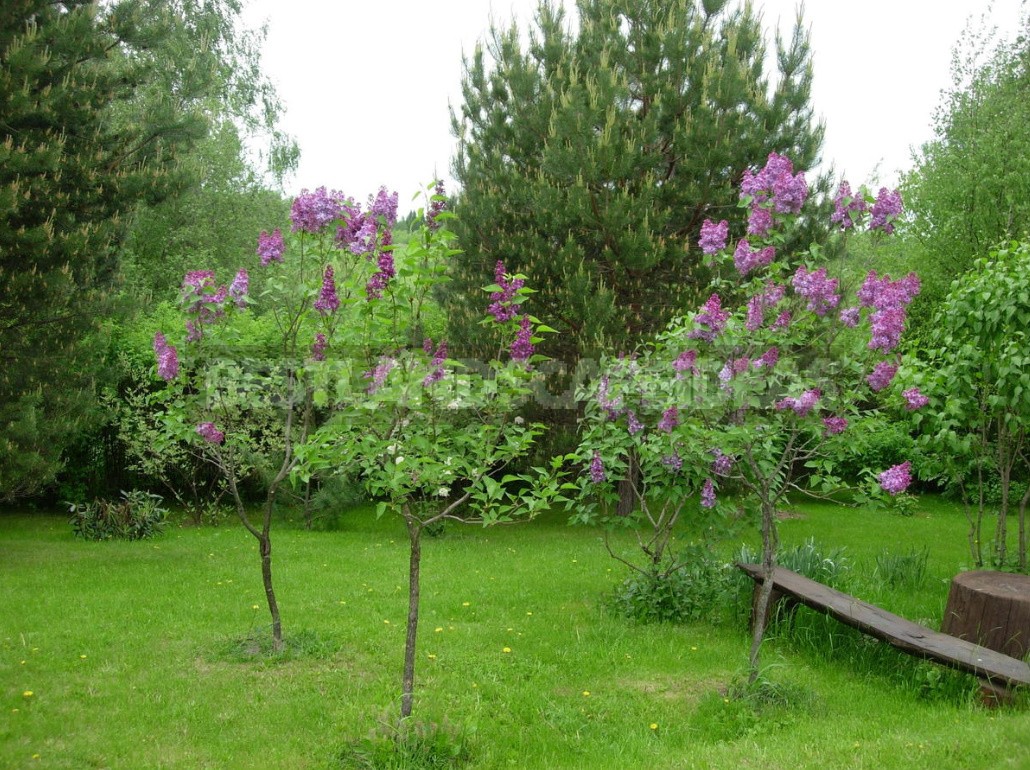
Only a few varieties will perform best in a high-stamp form. Among them:
- ‘Belle de Nancy’,
- ‘The bride’,
- ‘Miss Ellen Wilmot’,
- ‘Olivier de Serre’.
On a small (15 cm) stamp in the form of an improved Bush, you should grow varieties such as:
- ‘Dream’,
- ‘India’,
- ‘The Captain Balta’.
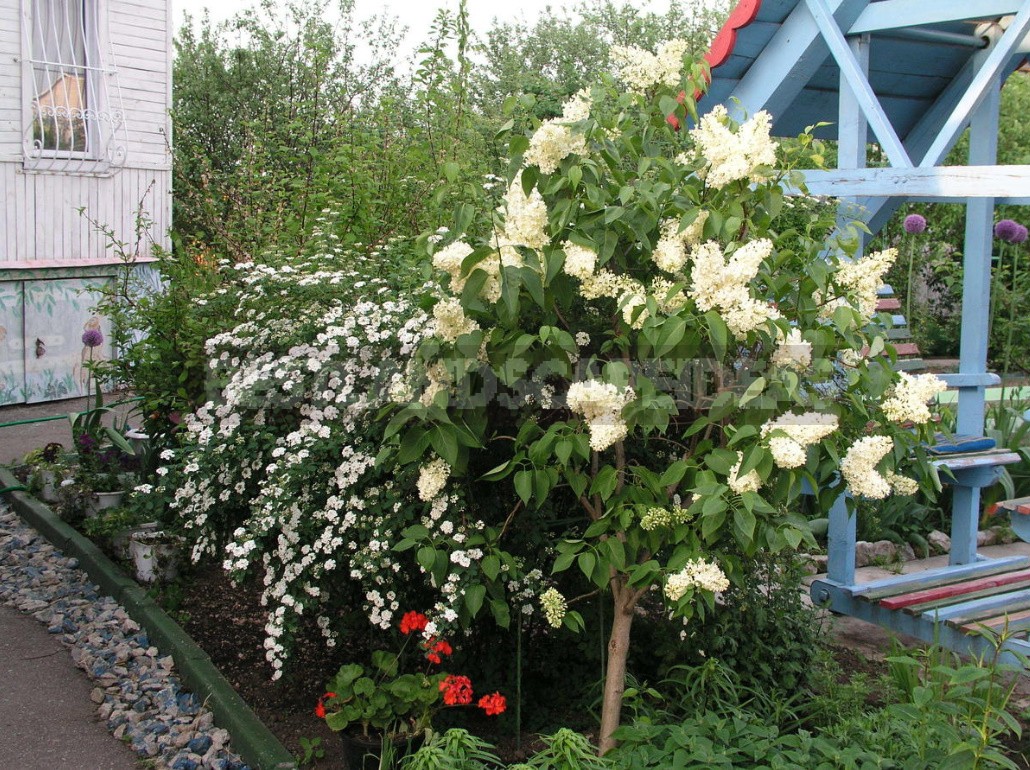
When the place for our lilac is selected and prepared, the next, perhaps the most difficult task is to find the lilac.
Which lilac to choose?
It is very difficult to recommend anything here, since everyone has their own preferences and capabilities. Some are looking for a flowering Bush and are ready to pay a decent amount for it, while others prefer to cherish the desired variety from infancy, waiting for years for it to bloom.
The international lilac society has a special fraternity of people who call themselves “lilachunters”. Here’s someone who can tell you what it’s like to follow the trail of a rare (or just the right) variety! These are years of searching and traveling, learning foreign languages, including Russian and Chinese, and kilograms of letters, more than half of which remain unanswered. And imagine how the joy of finding a few years later is replaced by the bitterness of disappointment, when the blooms are not what you expected to see! So be prepared for difficulties. But the reward is high – every spring your lilac will reward you a hundredfold for your efforts.
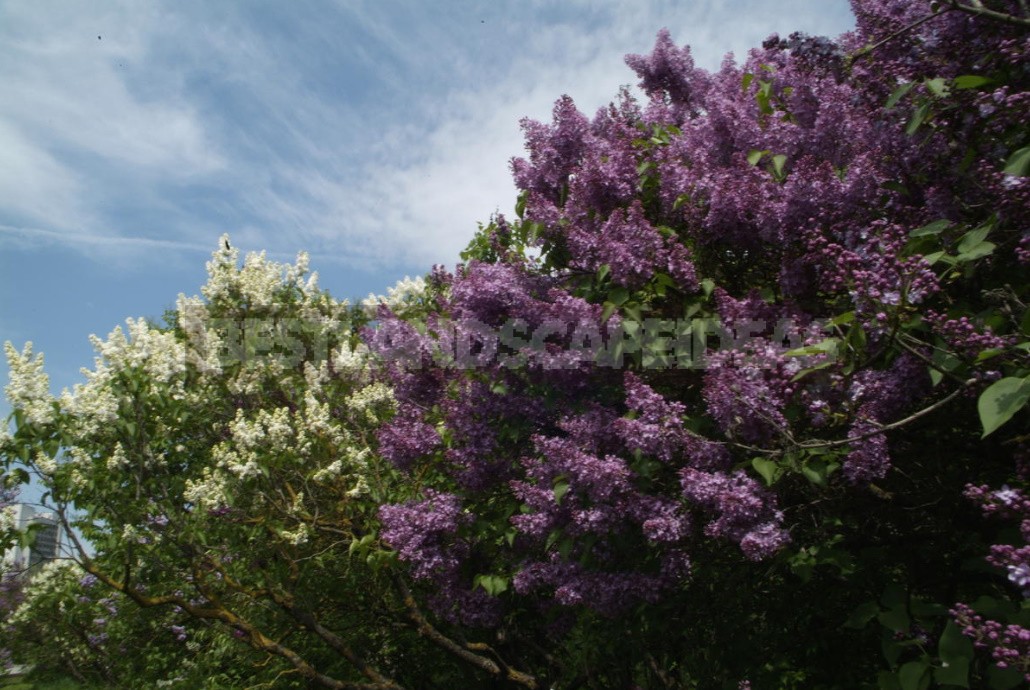
Lilac palette
According to the generally accepted international classification, all lilac is divided into 7 main color groups. This division was first proposed by John Wister (USA) in 1941 to simplify the process of describing varieties. Color groups are indicated by Roman numerals, and the letter next to it indicates whether the cultivar has a simple (S— single) or double (d— double) flower.
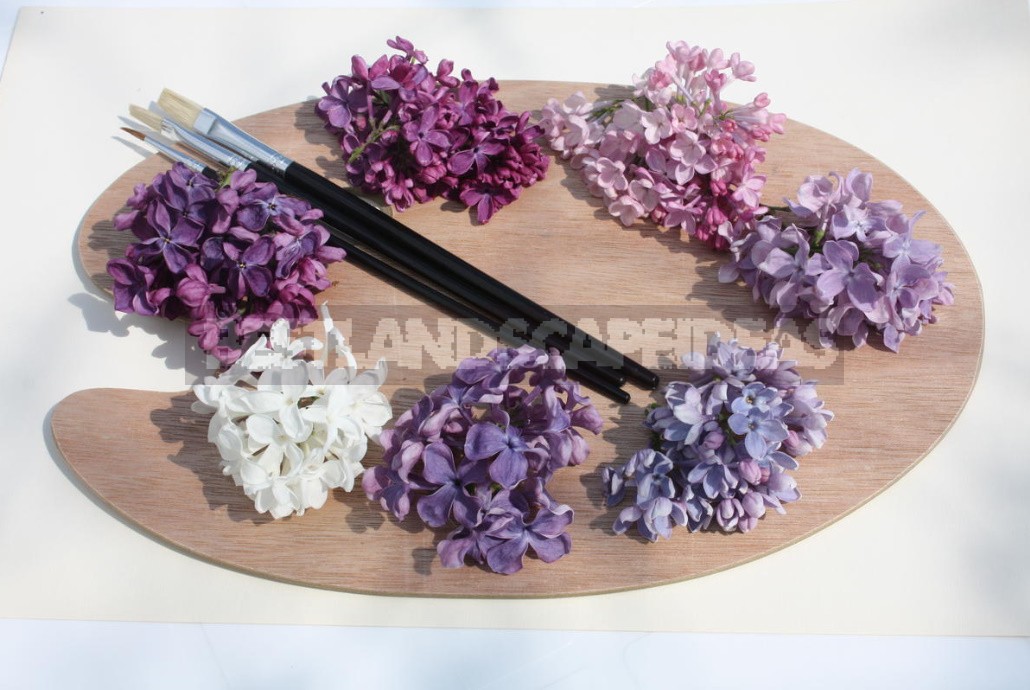
Lilac color groups according to the international classification:
- I — white lilacs;
- II — purple;
- III — bluish;
- IV — purple;
- V — pinkish;
- VI — Magenta;
- VII — purple.
Naturally, any color has many shades and nuances, and this is especially true for the color of lilac, which can change depending on the acidity of the soil, weather conditions and the degree of illumination. The variety can have buds of one color, and flowers-absolutely different, the lower side of the petals of some varieties is much lighter than the top, even the corollas in Terry varieties may differ in color among themselves.
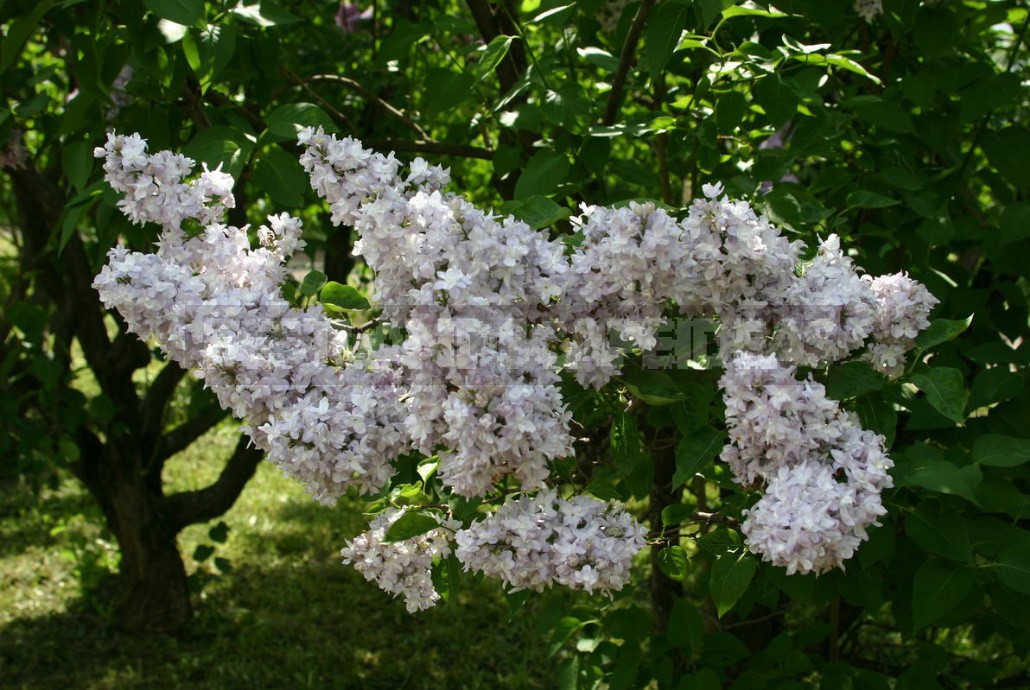
Therefore, a number of varieties belong to several groups at once.
Now I want to give advice: do not neglect the old, time-tested varieties that have managed to confirm the stability in culture and high decorative value over the past hundred years.
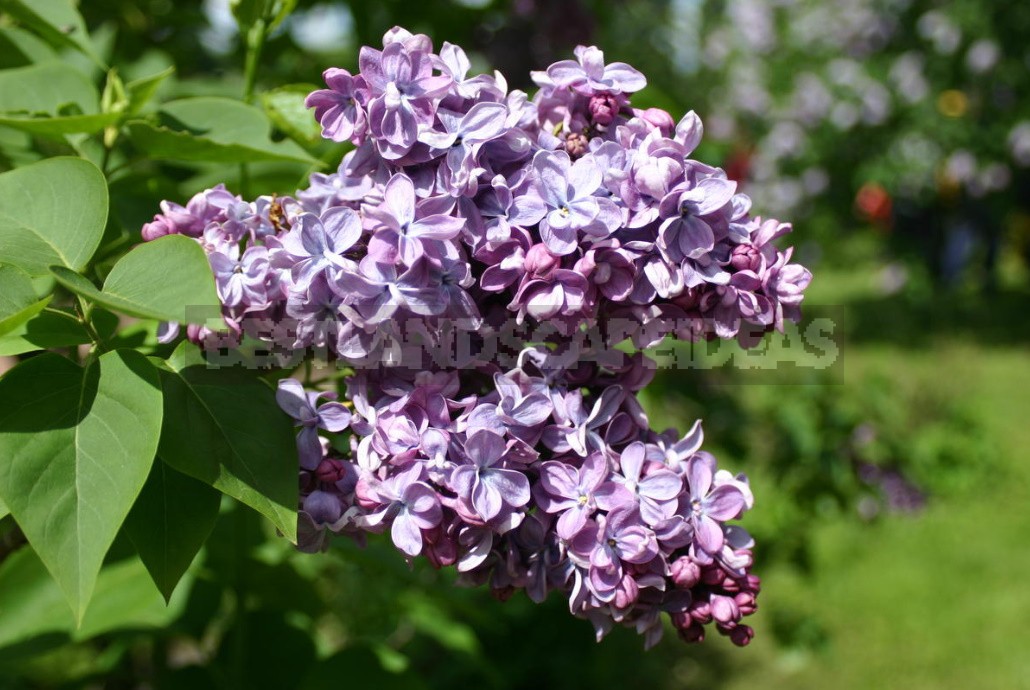
If you can not afford to have more than one lilac Bush on the site-pay attention to the variety ‘Maksimovich’ (Lemoine, 1906). Profusely blooming large semi-double flowers of a lavender-purple hue, collected in inflorescences of 1-3 pairs of dense panicles, it is also distinguished by the beautiful shape of the Bush. It is not difficult to find on sale such varieties of Lemoine as ‘Catherine Havemeyer’, ‘Monique Lemoine’ and ‘Marshal Lannes’ — they will decorate any garden.
Many gardeners for some unknown reason completely ignore the late hybrids (calling them all for some reason “Hungarian”), among which there are many worthy varieties. If you want to extend the holiday of lilac blooming in your garden, do not pass by, meeting such wonderful varieties as ‘Hiawatha’, ‘Francisca’, ‘Agnes Smith’ (this variety can also be sold under the name ‘Miss America’), ‘Miss Canada’.
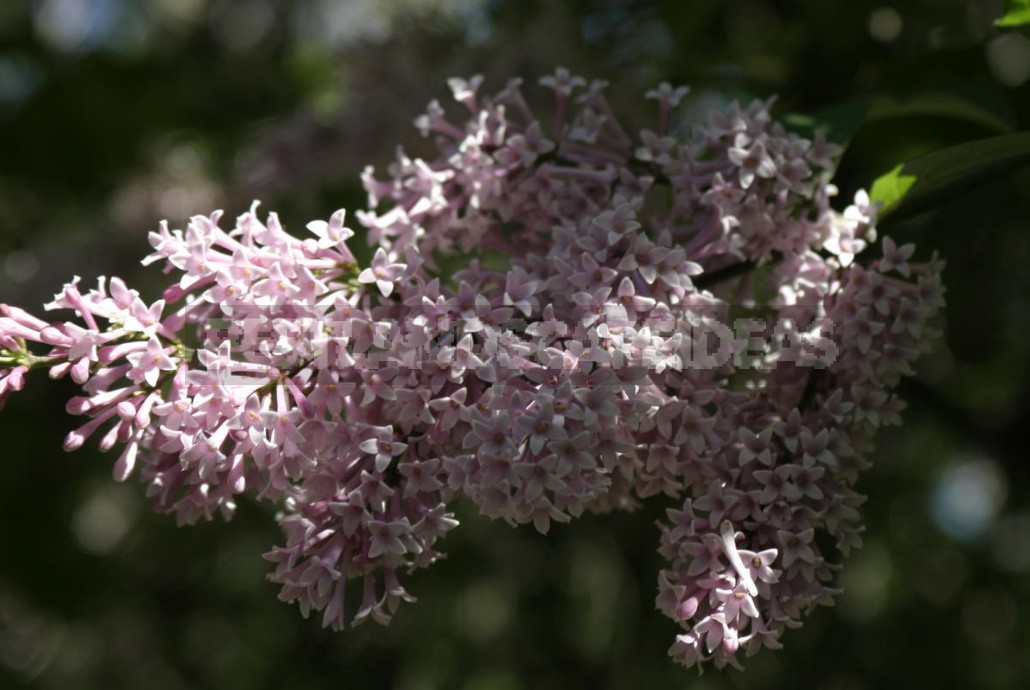
The international register of lilacs today contains more than 2000 names of cultivars, so the choice is great, and we will try to help you make it.
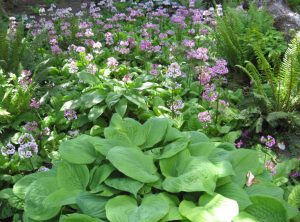

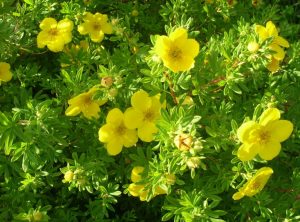

Leave a Reply